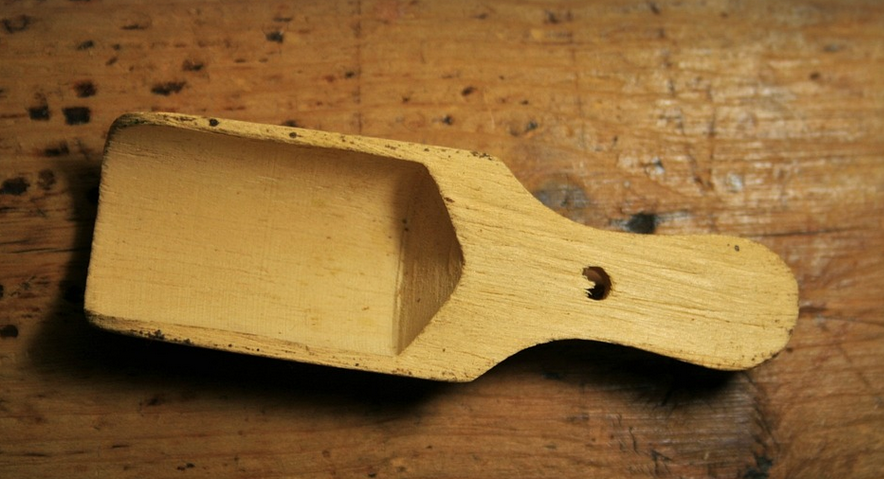
The Fork, The Knife, And The Mystery Of The Hand
Navigating the Etiquette Maze
You’ve just been invited to a fancy dinner party, and you’re feeling all sorts of excited and maybe a little intimidated. Your outfit is ready, your hair is styled, and your inner etiquette guru is already in overdrive. But then, there’s that moment – the one where the silverware arrives on the table, nestled amongst the plates and napkins like a royal court. The fork, gleaming silver with intricate designs, the knife, its blade sharp and precise, stares back at you. And suddenly, you find yourself wondering: “Which hand holds the fork? And which hand holds the knife?”
This seemingly simple question has puzzled generations of diners, leaving many to navigate the world of fine dining etiquette with a mix of confusion and anxiety. The truth is, there’s no single “right” answer, no magic rulebook dictating what to do in any given scenario. It all depends on your personal preference and the specific cultural context of the dinner party.
Let’s delve into this age-old question: why does this seemingly insignificant detail become a source of anxiety for so many? One possible reason is that etiquette rules have evolved over time, often reflecting societal norms and power structures. In today’s world, we hold ourselves to a higher standard when it comes to dining etiquette.
The traditional “two-handed approach” has been around for centuries. The fork in the left hand, often described as the “dominant” hand, holds onto the fork’s handle and its prongs, while the knife is grasped in the right hand. This method signifies a sense of control over the meal, symbolizing dominance over one’s food. This approach has its roots in historical practices where serving styles were based on formality and societal hierarchy.
However, there are others who champion a more fluid approach to dining. Some argue that holding the utensils in different hands creates less pressure and allows for easier maneuverability, particularly when dealing with complex dishes or sauces. It’s all about comfort and ease of use. This “one-handed” method emphasizes freedom and adaptability.
The choice of holding the fork and knife is ultimately a matter of personal preference.
In today’s fast-paced world, where efficiency is often prioritized, some people opt to hold their cutlery with one hand. They might find this approach more comfortable or even liberating for the simple reason that it reduces the need for constant coordination between hands while they dine. This method creates a sense of fluidity and ease, minimizing awkward pauses within the dining experience.
Some folks have developed “two-handed” methods as a way to ensure precision when maneuvering their cutlery through complex dishes. They believe this approach allows them to control their food more effectively and avoid any potential spills or messes. It’s all about confidence and control over one’s culinary adventure.
Ultimately, the choice of which hand holds the fork and knife is a personal reflection of your own preference. There’s no right or wrong answer when it comes to dining etiquette. What matters most is that you feel comfortable and confident in your approach. It’s all about finding what works best for you.
Remember, food is meant to be enjoyed! Don’t let the pressure of perfect etiquette overshadow the true essence of a delightful meal; focus on savoring the flavors and sharing laughter with your guests.